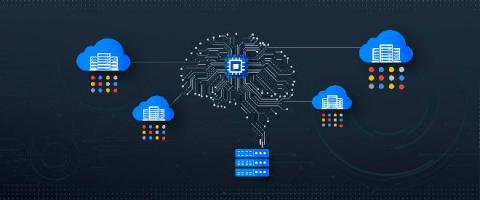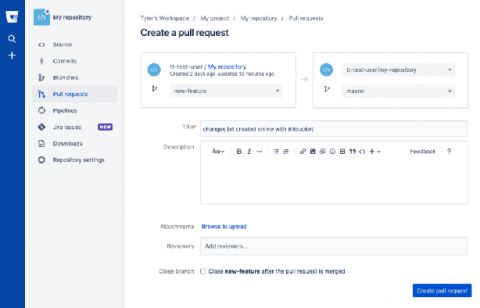Operations | Monitoring | ITSM | DevOps | Cloud
Latest News
Better monitoring and logging for Compute Engine VMs
Over the past several months we’ve been focused on improving observability and operations workflows for Compute Engine. Today, we are excited to share the first wave of these enhancements are now available. These include: Significantly improved operating system support for the Cloud Monitoring and Cloud Logging agents. The ability to rapidly deploy, update, and remove agents to groups of VMs, or all of your VMs, by policy, with as little as a single gcloud command.
Box - Enhanced Performance Reliability with Catchpoint
Box is a leader in Cloud Content Management, providing users easy access to their information and a secure platform to share and collaborate. Box delivers its cloud-based product via web applications, integrations with partner solutions such as Microsoft Office 365 and G Suite, and publicly exposed and supported APIs that enable customers and partners to integrate Box into their systems. As with any SaaS application, performance, reliability, and availability are critical to the business.
Add file attachments to pull requests in Bitbucket Cloud
Creating Azure VM images with Packer and Puppet Bolt
HashiCorp Packer is a free and open source tool for creating golden images for multiple platforms from a single source configuration. Packer makes it easy to codify VM images for Microsoft Azure. In this blog post we’ll look at how to use HashiCorp Packer and Puppet Bolt to define our VM templates in code.
Working with a hybrid SquaredUp deployment
Many customers we have are hybrid – meaning they have both Azure and on-prem estate, and subsequently both SquaredUp for Azure and SquaredUp for SCOM deployments. In other cases, some customers are using multiple different deployments of a product, for example for multiple SCOM management groups or multiple Azure tenants.
All together now: Fleet-wide monitoring for your Compute Engine VMs
Cloud Monitoring has always provided comprehensive visibility and management into individual Compute Engine virtual machines (VMs). But many Google Cloud customers have hundreds, thousands, or tens of thousands of VMs that they need to manage. Cloud Monitoring now gives you zero-config, out-of-the-box visibility into your entire Compute Engine VM fleet, with quick access to advanced Monitoring features such as installing the Cloud Monitoring agent and configuring fleetwide alerts.
observIQ Launches Powerful New Full Stack Log Management Platform to Beta
4 Cloud Monitoring Capabilities That Really Matter
With nearly every organization moving at least some portion of their infrastructure into the cloud, the value is well understood—we’re not going to re-hash those umpteen benefits here. But when you migrate, you cede some control. That’s by design and it’s not inherently bad. It does, however, mean that you need to keep an eye on those deployments to make sure you’re getting the performance and benefits you expect. And you need to watch it over time as things evolve.
AWS vs Firebase - Is It Even a Fair Fight?
Now that you’ve chosen to go the serverless route, which vendor option should you go for? That’s one of the major questions that anybody asks themselves when they make the switch. Should you choose Amazon Web Services (AWS), which is a mature service that will serve you well, or should you go with e Google’s younger Firebase? Before the comparison of AWS vs Firebase, we should understand what serverless really means. This one server can be responsible for several different functions.











